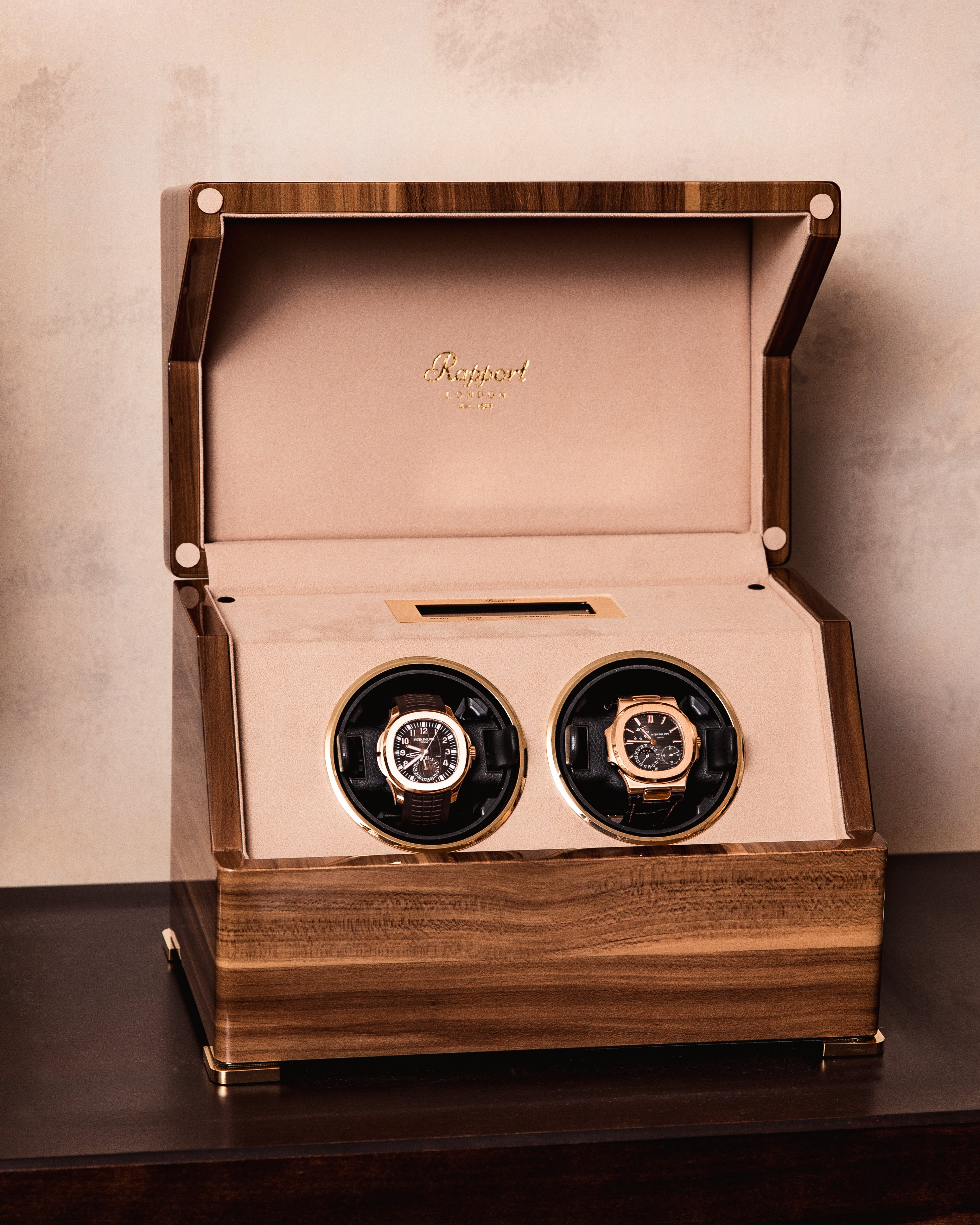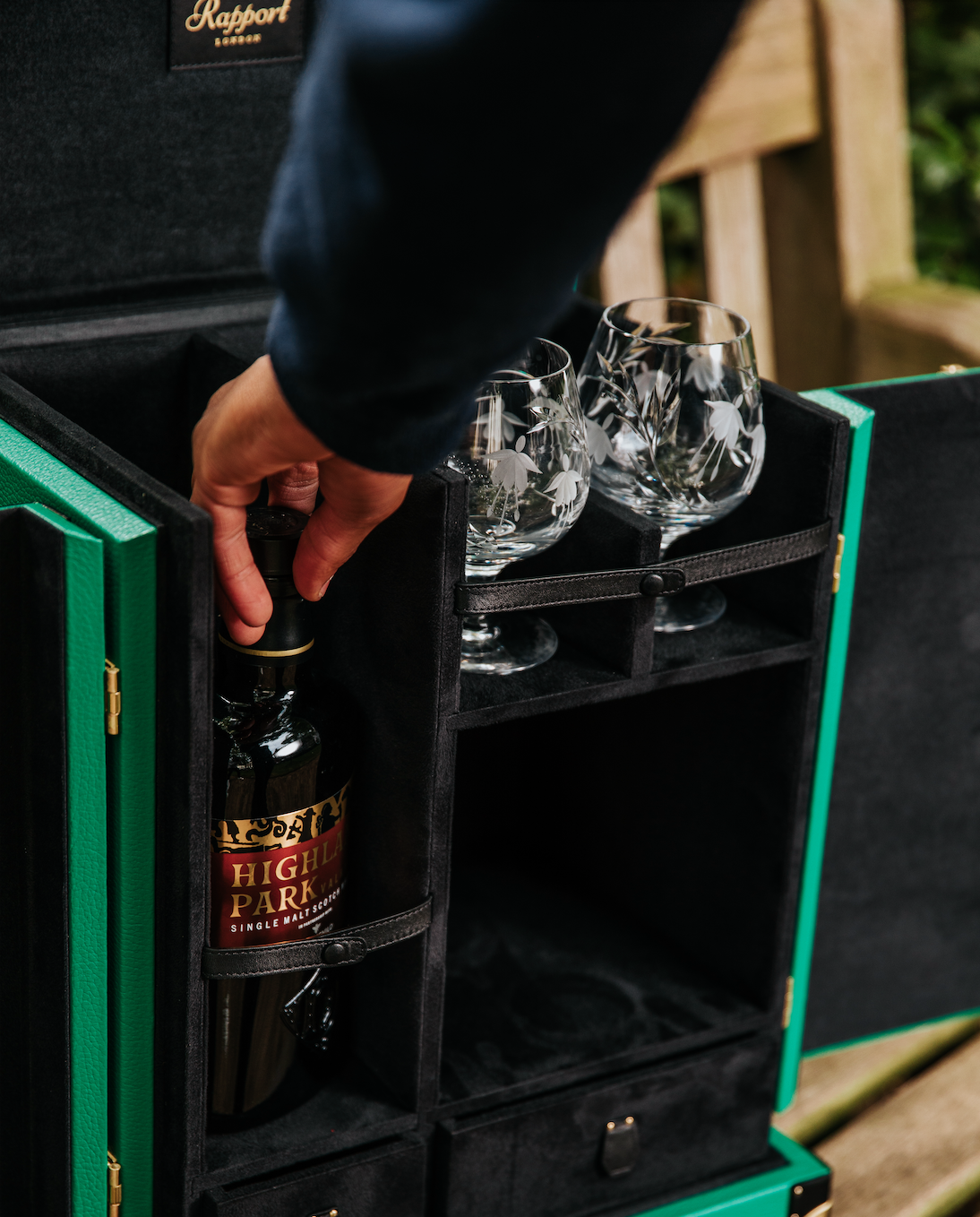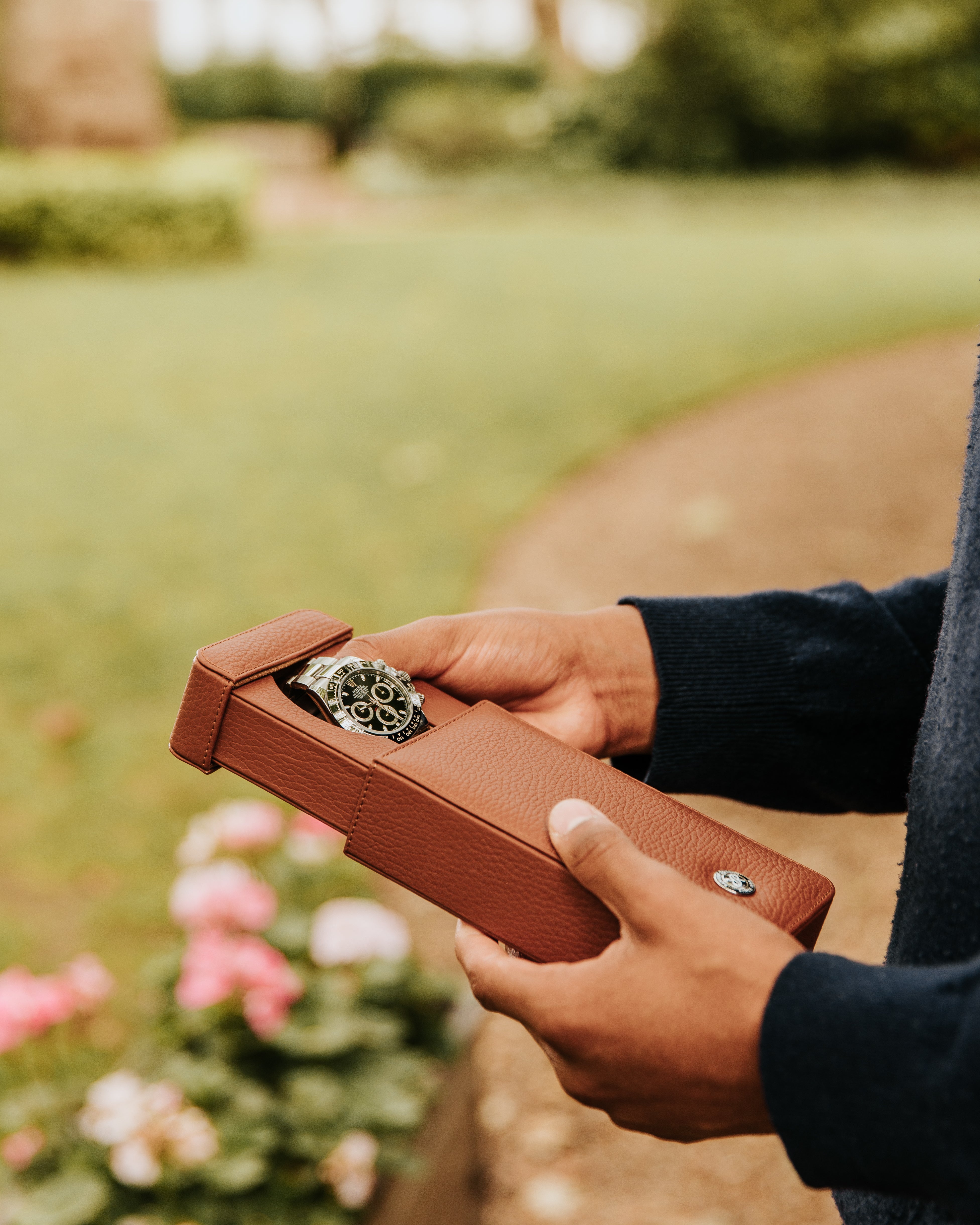
How to Use a Watch Winder
Anyone who has started their journey into watch collection or a seasoned watch enthusiast will have all likely come across watch winders whether through articles, recommendations from friends or when purchasing a watch at a store.
Rapport's watch winders not only function as a elegant and beautiful storage solution for your watches, but play an essential role for ensuring the longevity of your watches. Watch winders might seem quite mystifying and you would be forgiven for not understanding how a watch winder works the first time round.
Simply put, a watch winder is designed to ensure the internal mechanisms are kept lubricated and prevents coagulation over time through constant rotations. Automatic watches need to be worn constantly to ensure long-term optimal performance, as the internal mechanisms of a watch rely on the movements and rotations of a human wrist. A watch winder's rotations mimic the motion of a wrist so you can rest assured that the timepieces will remain in optimal condition long-term.
Although watch winders can play a crucial role in preventing damage to your timepieces in the long-term, the type of watch winder you use is important. Simple watch winders with a single movement rotation are likely to cause damage to your timepieces over time as rotations fail to consider the specific requirements of your watch.
It is therefore important that you programme your watch winders for each of your timepieces. For example, most Rolex automatic watches should be set for bidirectional winding with around 650 turns per day (TPD) whereas a Cartier Pasha automatic watch requires a counterclockwise winding direction and 500 turns per day (TPD). The different parameters for watch manufactures and models means that a simple watch winder with a single rotation parameters is simply not suitable for ensuring the longevity of timepieces.
Before using an adjustable watch winder, it is therefore essential to determine the optimal winding parameters and calibre of the watch model. This information can be sometimes difficult to obtain but is oftentimes found on the back of the watch face or the bottom of the clock face. Barring those two options, we suggest asking the advice of a trusted watch seller or store to determine the correct calibre of a model.
Using an adjustable watch winder with the optimal winding parameters will allow you to take extra care of the internal components of your timepiece and ensure your watches remain accurate for much longer. Although watch winders are a great way to ensure the long-term functioning of your timepieces, we do not recommend leaving your watches to sit on a watch winder all day. Automatic watches work best when worn on a consistent basis and watch winders can only function as a reliable storage option when not worn.
At Rapport, we have a wide range of watch winders that are suitable for all timepieces and watch collections. Knowing how to properly use a quality watch winder is great way of ensuring your watch collection functions optimally well into the future!

